|
It's been a long time since my last post... with every good intention of staying on top of this blog and sending out regular posts, I must confess that being a farmer and a blogger at the same time (as well as running my other business diVino) does present its difficulties. It also seems the busier things are at the farm and the more exciting news I have to share, the less time I can find to write about it! There has been so been much going on that it's hard to decide what to write about first, so, I'd like to segue on the fantastic publicity that the plight of the bees has been receiving recently (see for example the recent cover of Time Magazine -http://www.time.com/time/magazine/article/0,9171,2149141,00.html) to tell you a story about our own beekeeping adventures and our growing love affair with bees here at Costa Digiano. This post comes from an email I wrote to my family on May 8th telling the story of how Mirco and I witnessed one of our bee families swarm before our eyes! One of the most magical and awe inspiring things I have ever seen! I hope you enjoy the post and please send me your comments or questions! As the dear Abbot Warrè wrote "Bees render nature immortal". They are far more important than many of us may think. May 8th, 2013 This morning Mirco and I headed down to our apiary to set up the new Kenyan top bar hives and the Warrè hives that we got. These hives are COOL, super cool, but that's for a different story:) Luck or destiny would have it that at the exact time that Mirco and I were working away at the benches, no more than 3 meters from our two bee families, the blue family went ahead and SWARMED!!! The chances of actually being right there when it happened were simply miraculous, one in a million. I knew something was happening because there was a complete change in the pitch of their buzzing... all of a sudden it was faster and louder and then woosh they filled the air! It's impossible to see in this picture but we backed away to this distance and watched the dance. The bees started moving in a giant spiral formation (like a tornado or a galaxy or a spiral of energy or all of the above!) all around the boxes and way up into the air. They did this for probably 10 minutes and we had the distinct sensation that they were calling their queen out to join them. Then the giant spiral of bees started moving like one big tornado toward the tree in the distance, slowly and totally deliberately, until they enveloped the whole tree inside their spiral and started settling into a cluster on one of the lower branches. You can see the cluster gathering just above where I hung my rain jacket earlier in the morning! and if you look close you can see that there are thousands of little specks everywhere, not pixels, bees!!! We hung out and watched them for a long time:). My very own beekeeper - MIRCO - said "no rush, let's finish what we're doing and then I'll go get them". Yeah, like he'd been doing this his whole life! After a while they totally settled down and it all gets quiet and peaceful again. And Mirco goes up for a closer shot. They have formed a casing all around their queen. it's like a temporary hive made out of their own bodies! miraculous!!!! So, we finish setting up the bench (i'm anxious to get the swarm into a box but Mirco of course is totally relaxed and not in a hurry at all!). We go up and get the boxes and carry them to the apiary. Now I know this sounds easy but it was sick hard... it took us 15 trips from the truck down at the road and it was way harder than carrying casses full of olives uphill to the truck.... I was totally whipped, bonking without lunch, coughing from the flu I'm still getting over and basically feeling crummy BUT SO EXHILARATED THAT OUR BEES HAD JUST MADE A NEW FAMILY AND THAT WE HAD BEEN THERE TO SEE THE BIRTH!! Yeah! no rest for the weary, we had to get them into their new home. So we chose a Kenya top bar hive for this swarm and set it under the branch with the swarm hanging on it, top off. Then Mirco blows my mind because he walks right over, calm as can be he snips that branch right off and the whole swarm goes plonk right into the box. Then he picks up the branch and shakes the bees off of it. Then gently brushes the straglers into the box and puts the lid back on. Voilà! Again, like he had been doing this his whole life! A perfect swarm recovery. It was seamless. Some of the bees went back onto the tree and we waited for a while to see if the queen was in the box or if she had moved back to the tree, but after about half an hour all the remaining bees had left the tree and gone to their new home. It was sounding very load in there but I think they will settle down soon. See my beekeeper in his new beautiful apiary admiring the brand new family of bees that was just born. Reflections: 1) bees know best PERIOD. They decided to swarm on the first day when the acacias were in full bloom at the farm. They know acacia means 2-3 weeks of endless bounty. this is a good time to swarm, no risk of hunger and plenty of energy to build your new home when you find it! 2) Actually i have many more reflections on why bees know best but I can feel that i might go into one of my tangents about leaving nature alone and the size of bee cells and the importance of natural comb in saving the bees and 70 million years that bees have been doing this so why in the world should we ever think we can improve on their absolute PERFECTION!!???? So I'll stop now before I loose you all:) I'll finish with a quote from one of my heros Bill Mollison "human kind will rediscover harmony with nature only when he will renounce the idea of his presumed superiority over the natural world" And please everyone do what you can to help save the bees! There's a lot each and every one of us can do. For starters don't buy neonicotinoid pesticides and put pressure on local representatives to pass legislation banning these products. There's no simple solution to the problems that are afflicting bees worldwide but banning these pesticides, which are killing bees on a massive scale, is a very important place to start. *** p.s. - since May 8th we have recovered 4 more swarms and bought 5 new families, bringing our apiary to a current count of 11 families. I caught the last swarm recovery on video and will post it soon!
0 Comments
Entlings - Planting our baby olive treesIn the end of March we started planting our new olive trees. 90 baby Mignola entlings! It took us about 2 months to prepare and plant. It was a lot of hard work, but some of the most satisfying and rewarding I’ve ever experienced! It gave us a real feeling of progress to see the orchard restored to its original plant density and see the Costa vibrating with energy and new life. It will probably be 30 years before our trees resemble “real trees” and begin to produce any significant amount of fruit. In the meantime we’ll patiently accompany them along their first few years, and enjoy watching them grow in the their new home. The Mignola varietyMignola is a rare variety, indigenous to the area around Cingoli. It produces an extraordinary and entirely unique olive oil with aromas that express forest berry flavors with notes of raspberries and strawberries. It's particularly rich in health promoting polyphenols, responsible for its bold flavor and bitter almond aftertaste. Mignola is an endangered species. Almost all of the existing Mignola trees are centuries old (just like our old ladies) and this variety is rarely replanted due to the popularity of more common "national" varieties. The fact that it's notoriously difficult to harvest (Mignola literally "sticks" to the trees, requiring 100% hand harvesting) and that the ancient trees are often subject to alternating production years, have contributed to the gradual abandon on the Mignola variety. Luckily we were able to find some four-year old Mignola trees at a local nursery and we are replanting Mignola trees at Costa Digiano. The work: |
AuthorAmy & Mirco - Archives
August 2013
Categories |
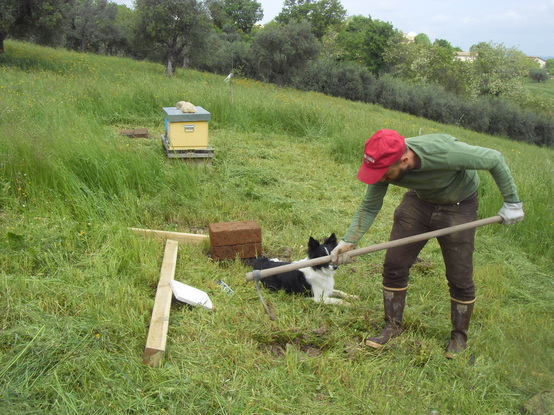
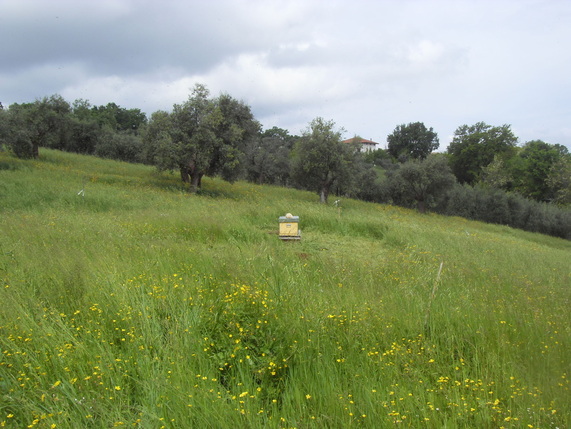

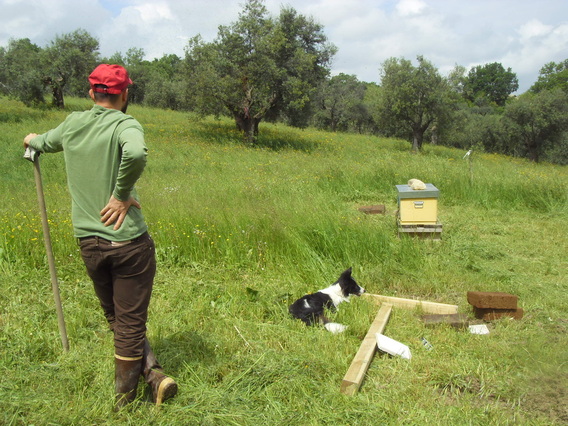
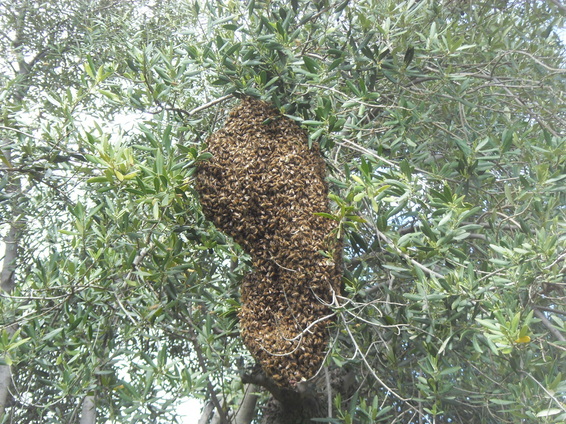
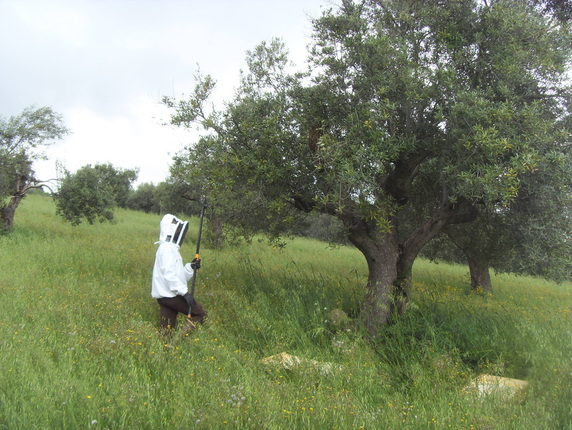

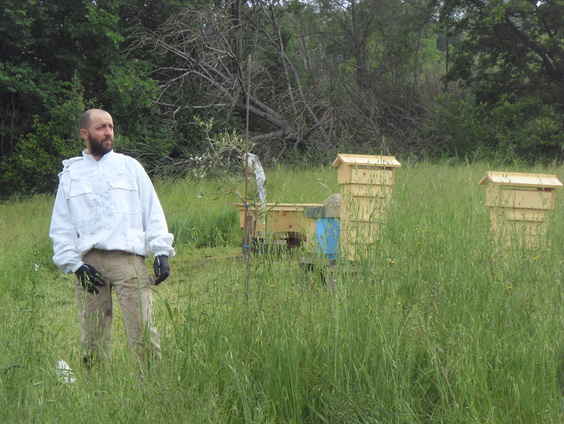
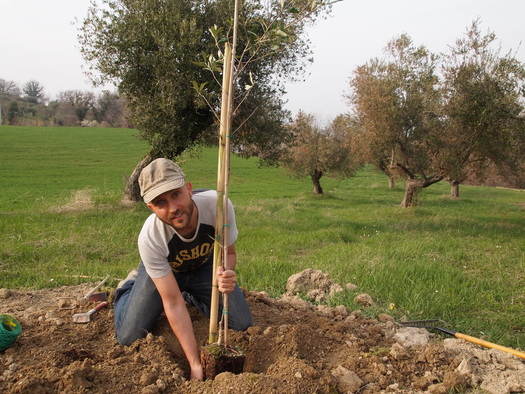
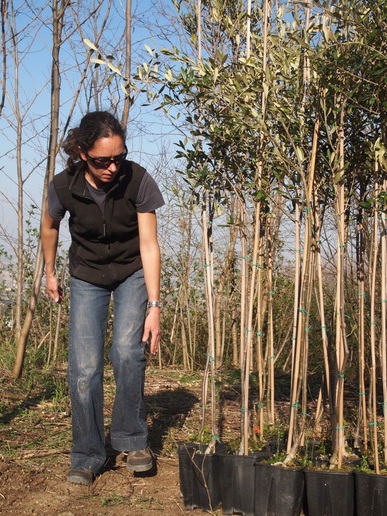
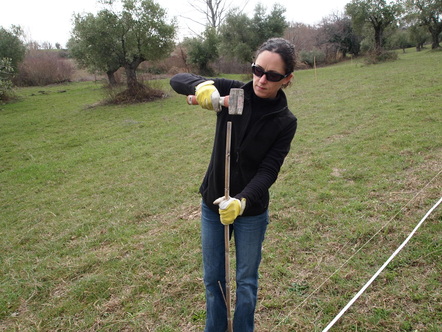
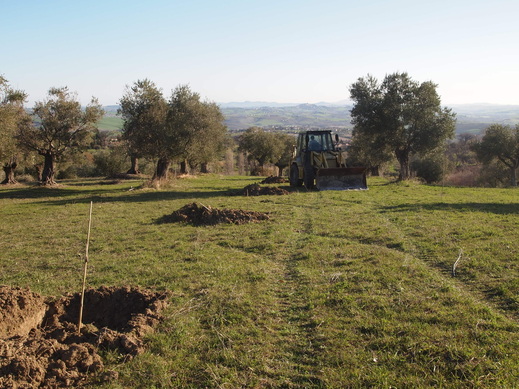
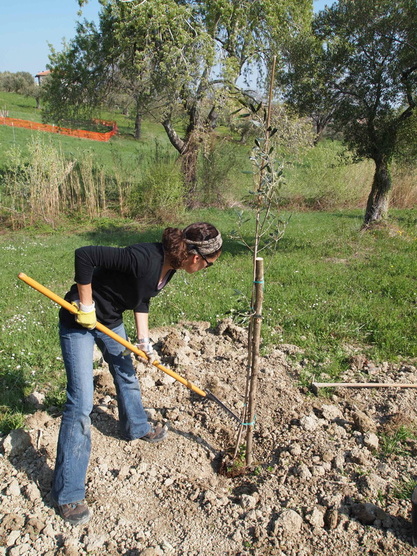
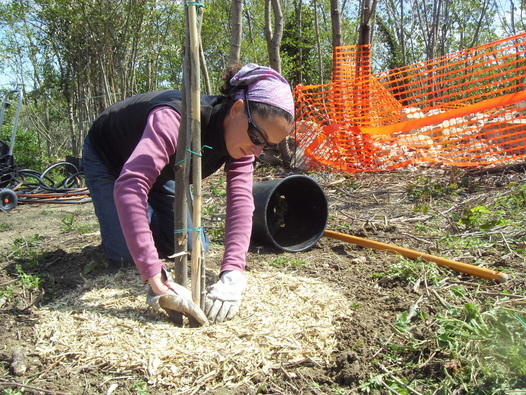
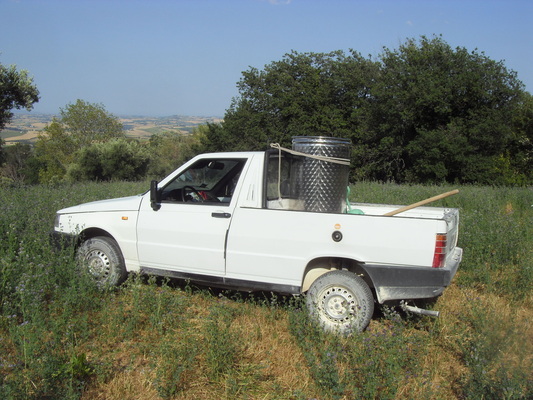
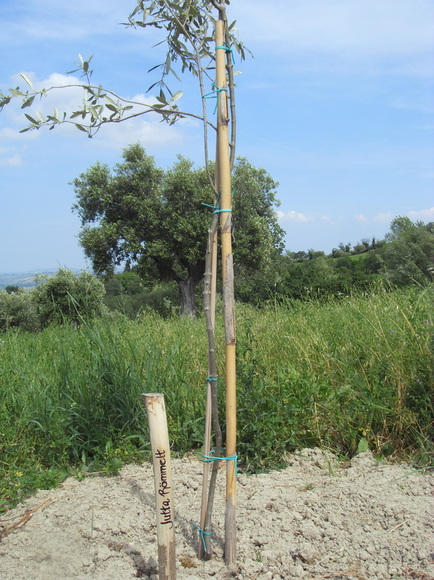
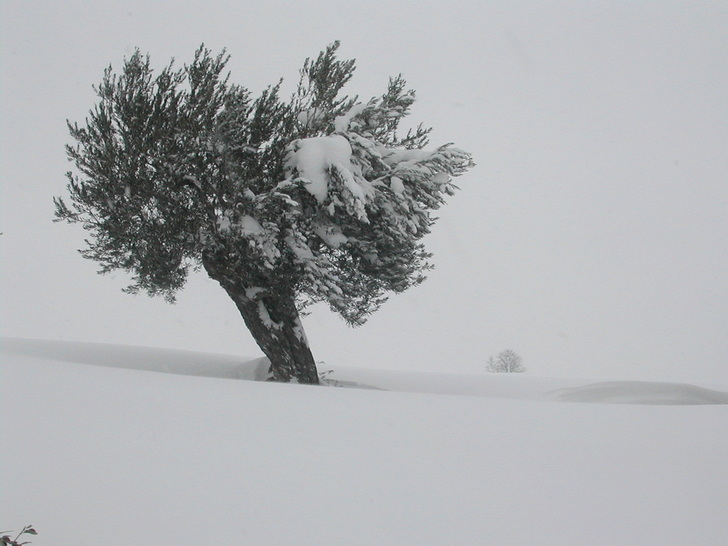
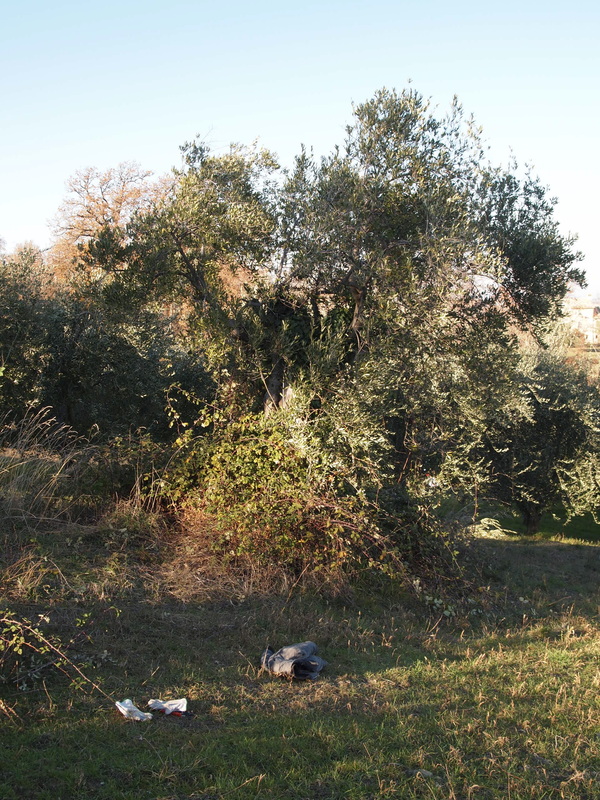
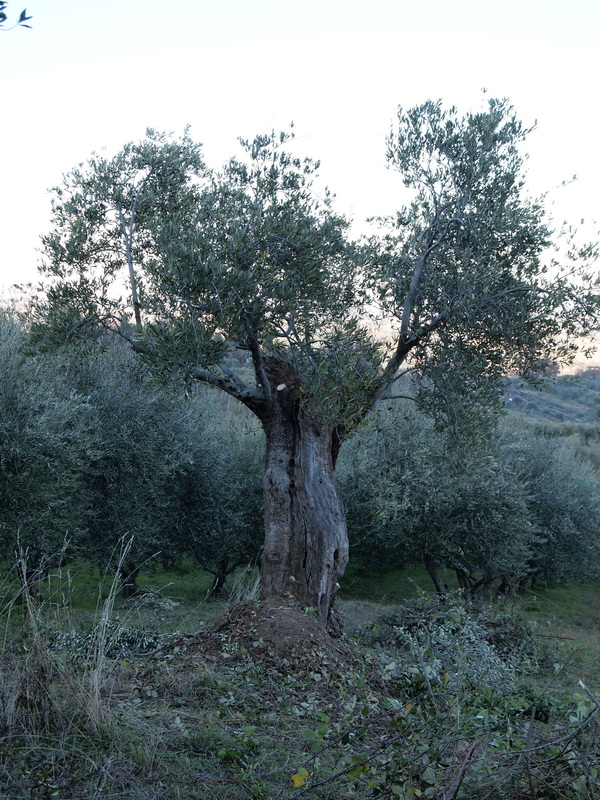
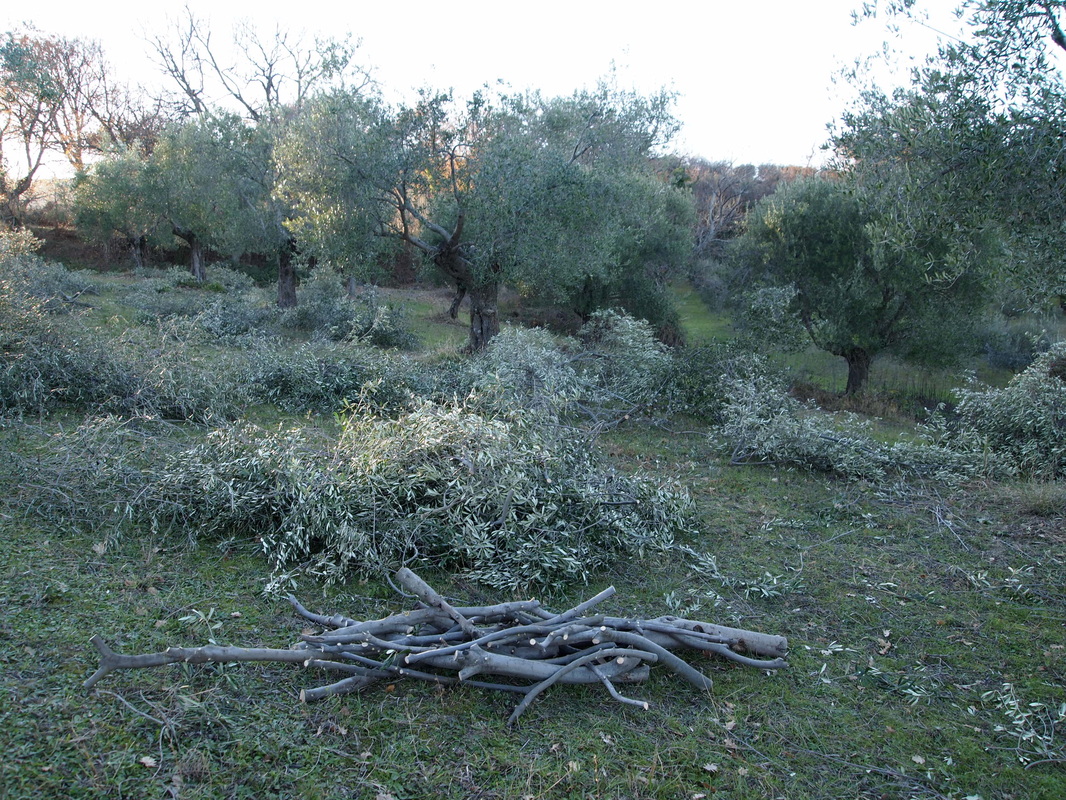
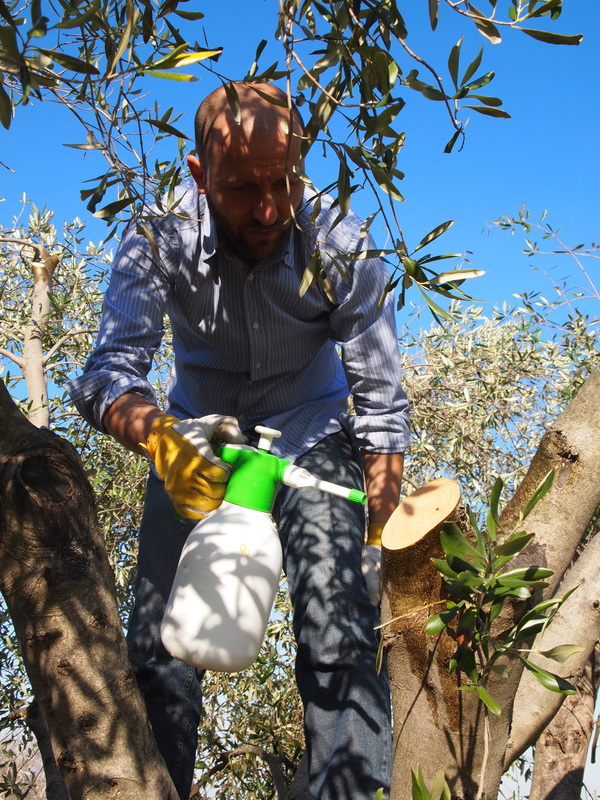
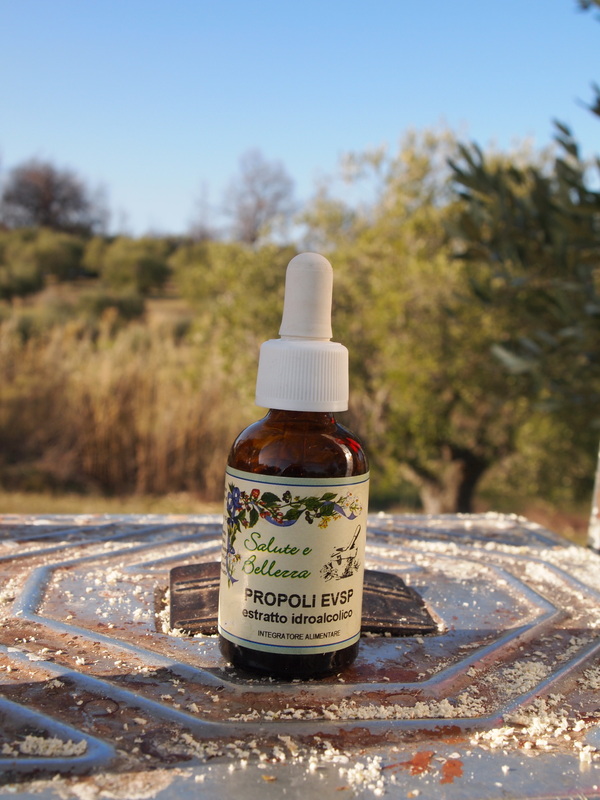

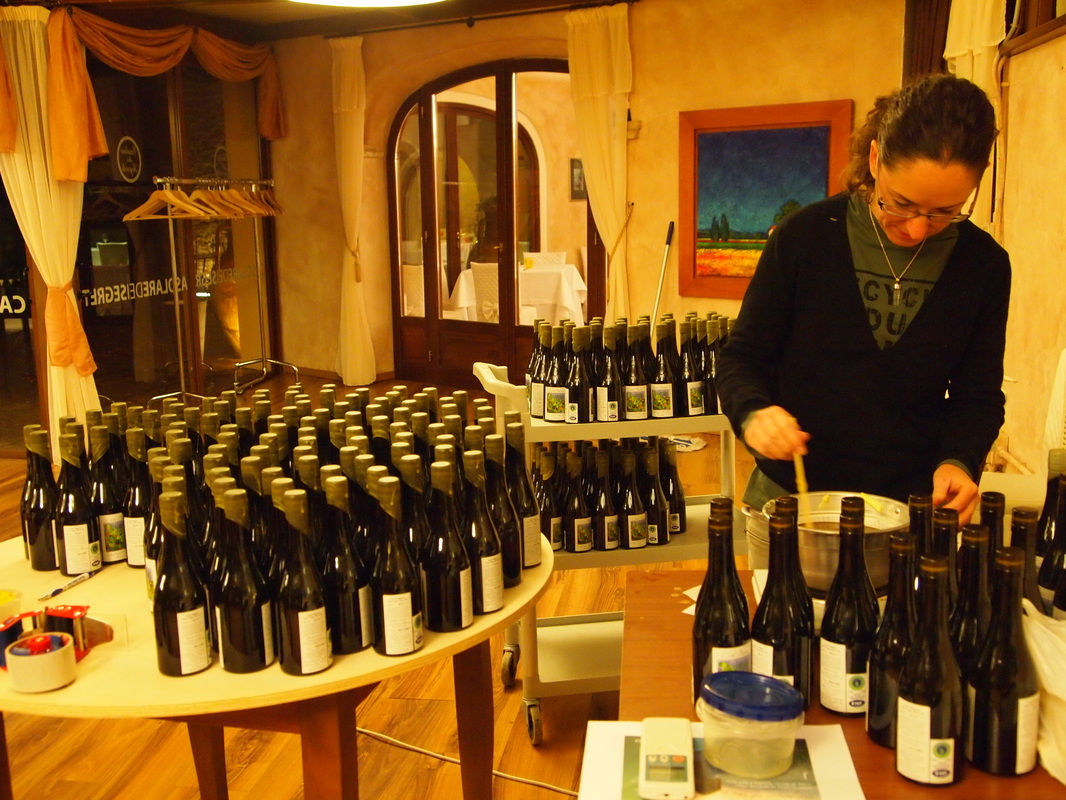

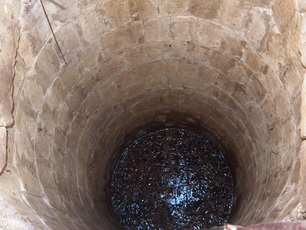
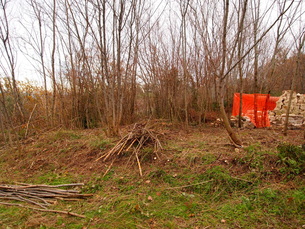
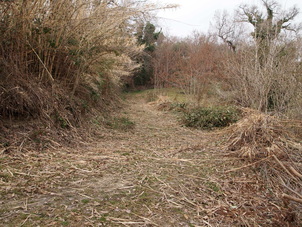
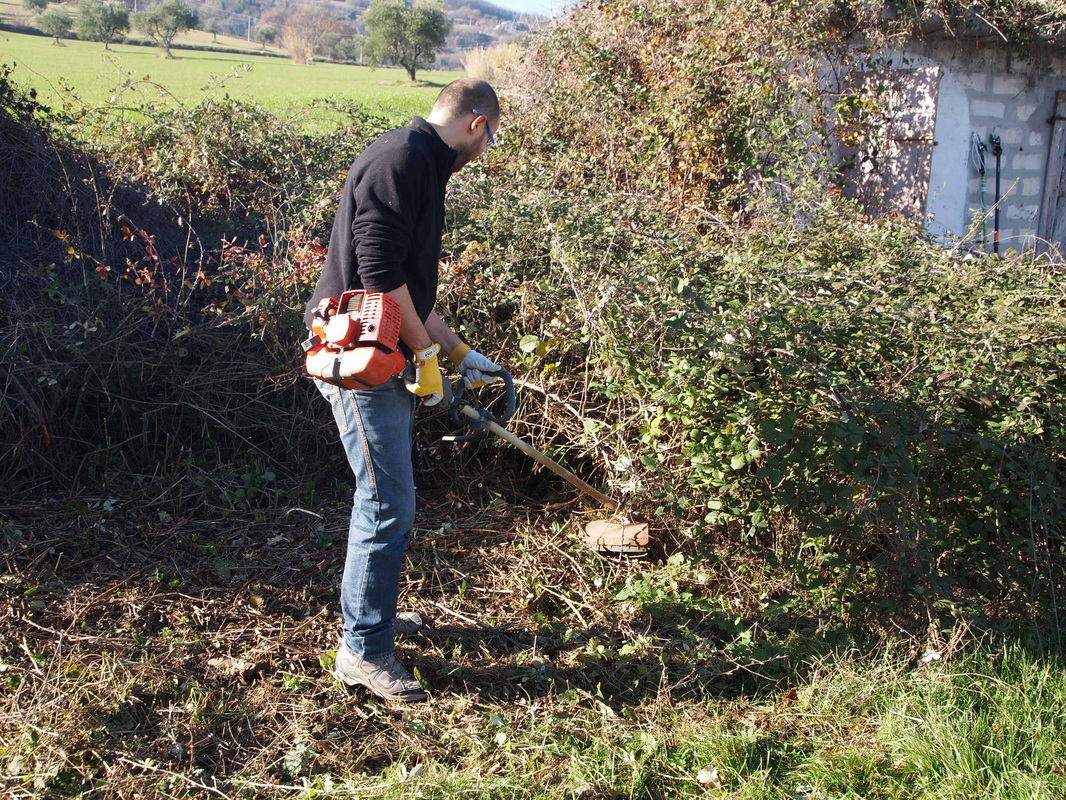
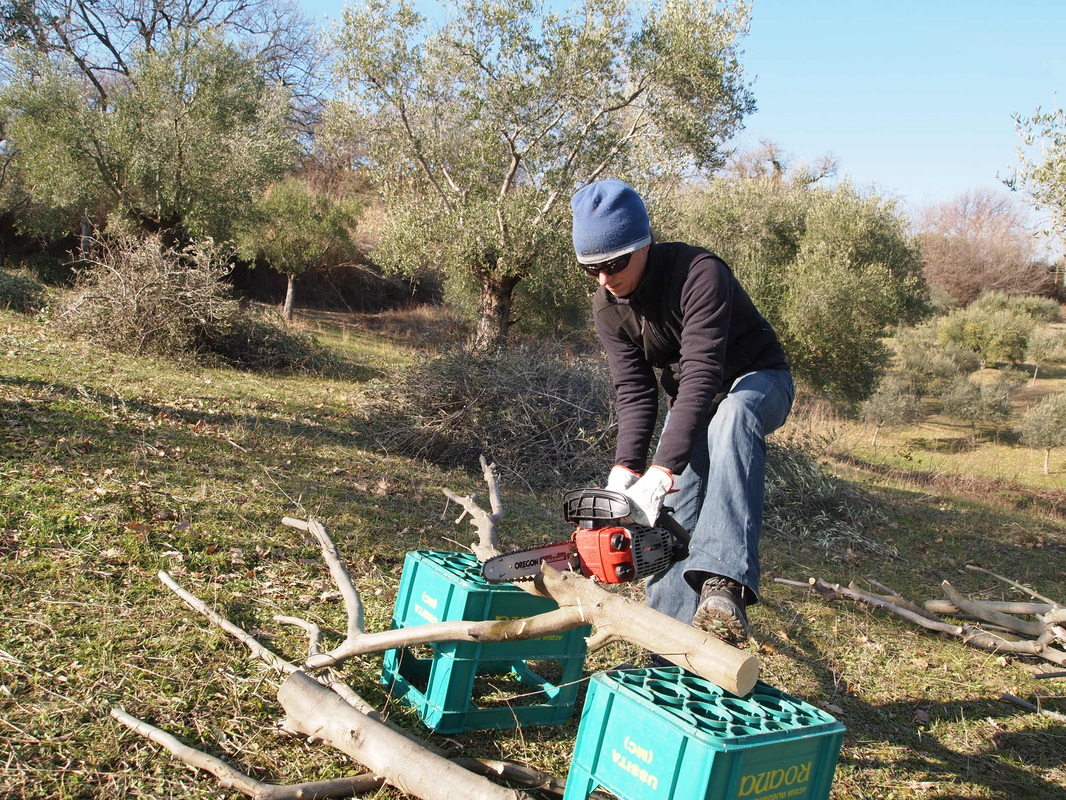

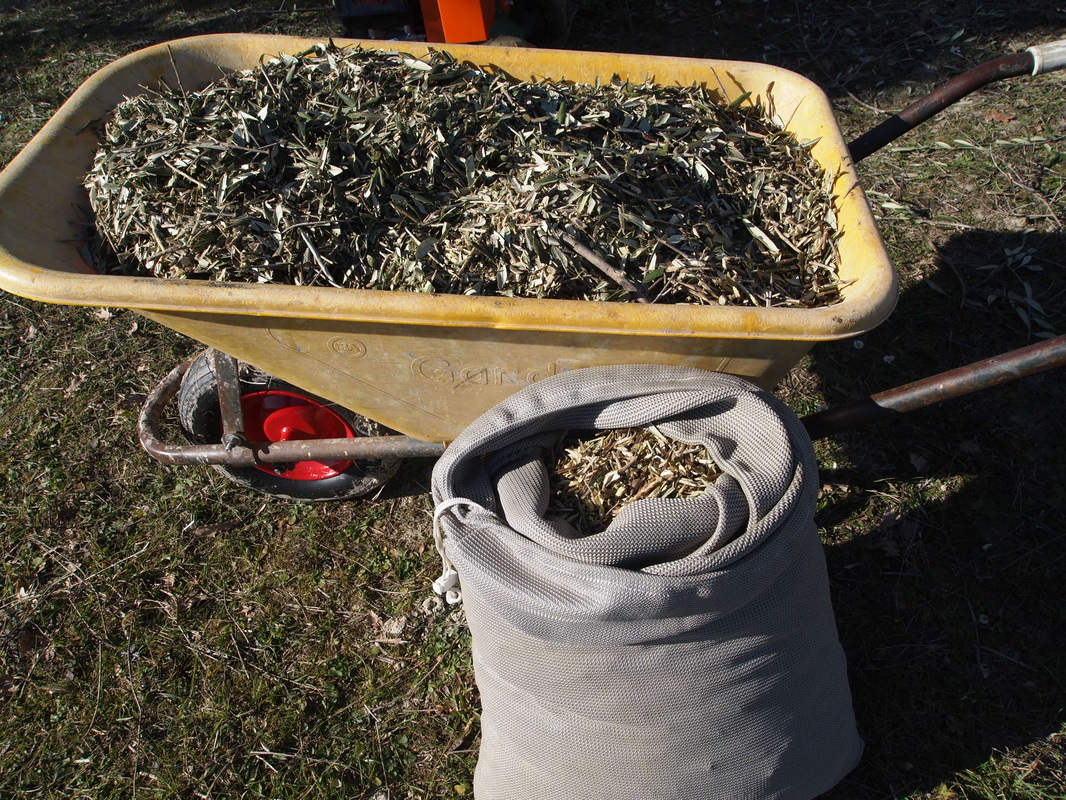
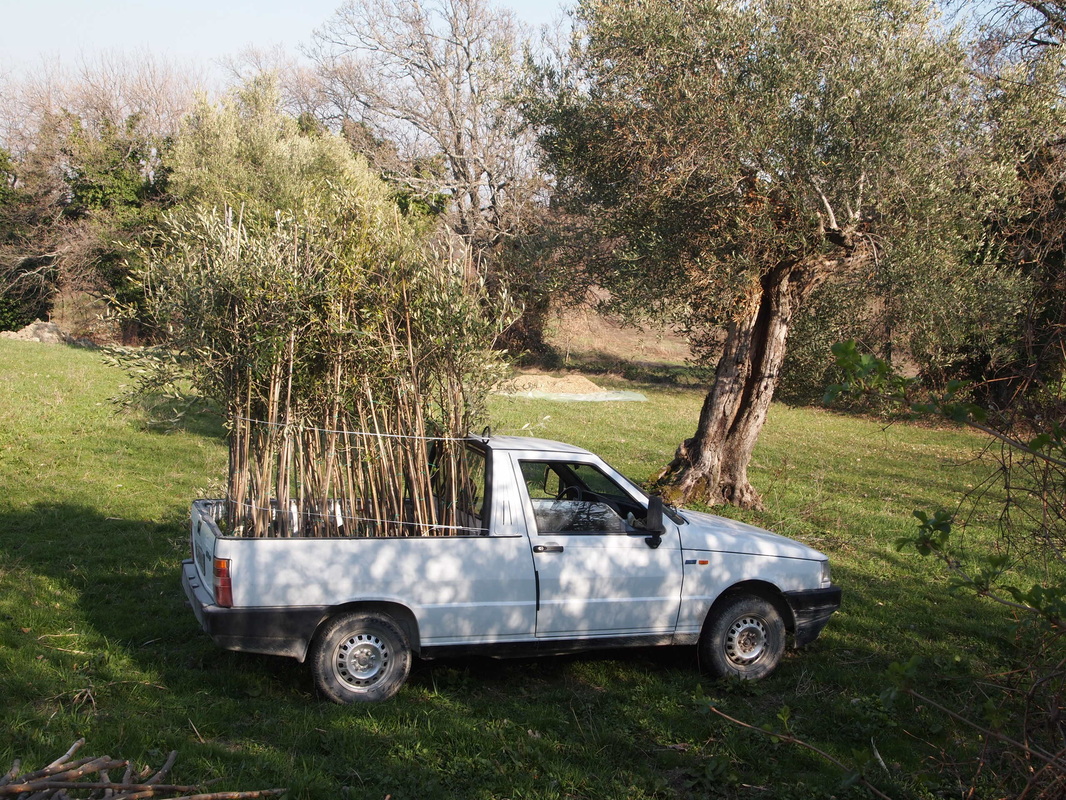
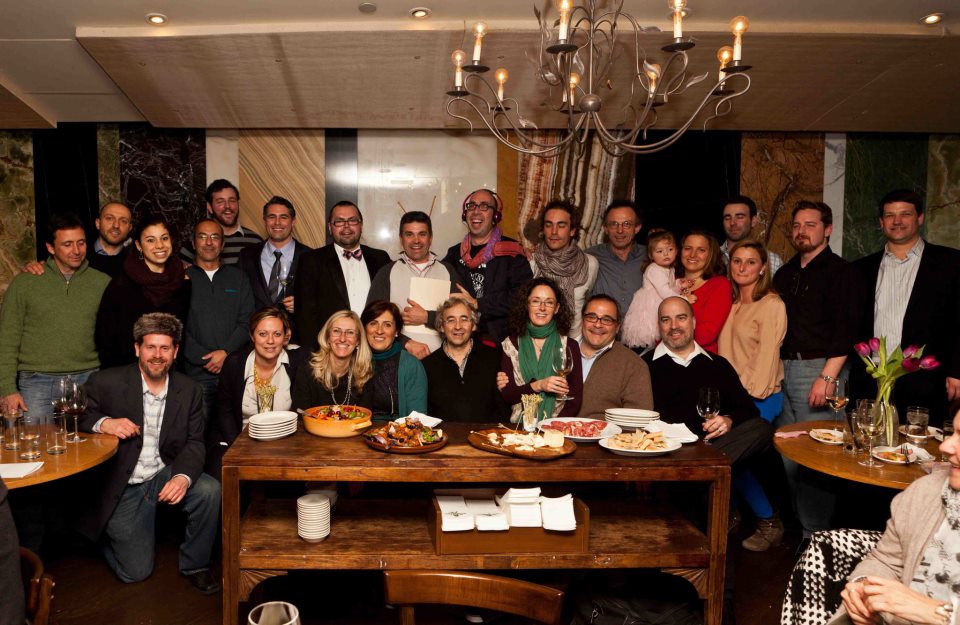
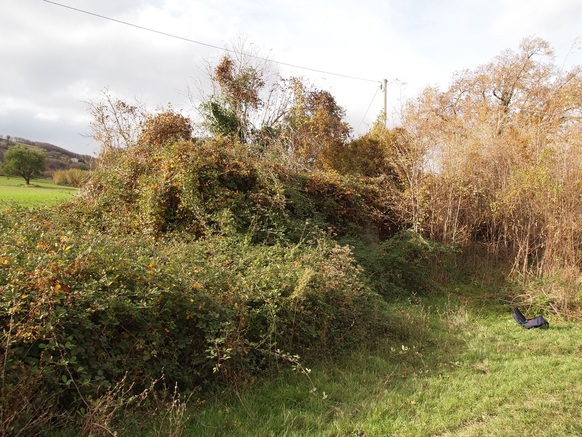
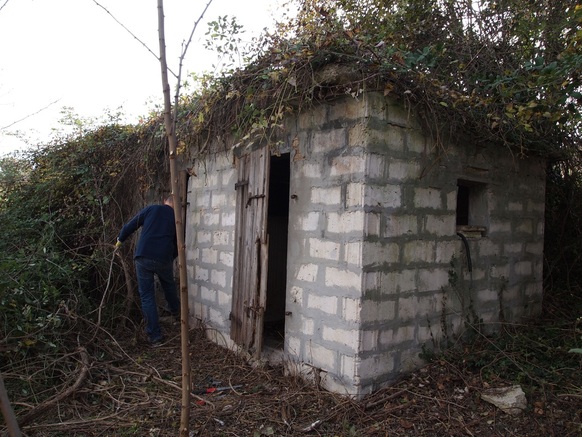
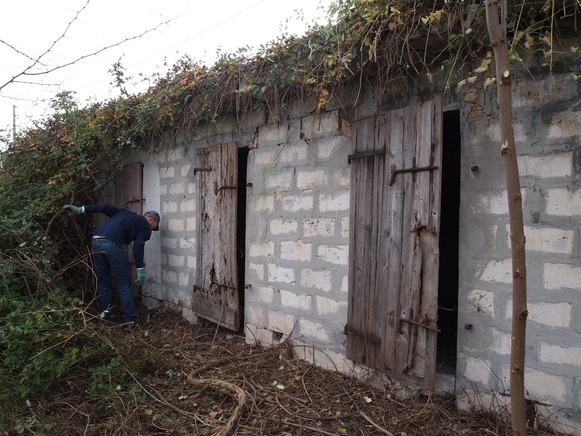
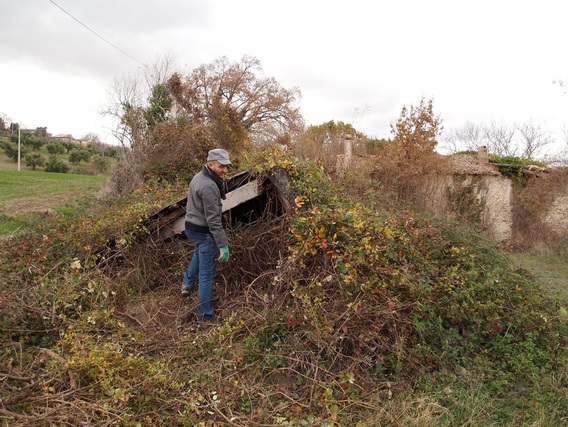
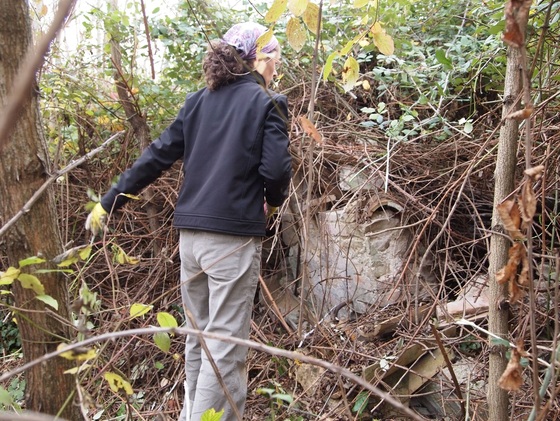
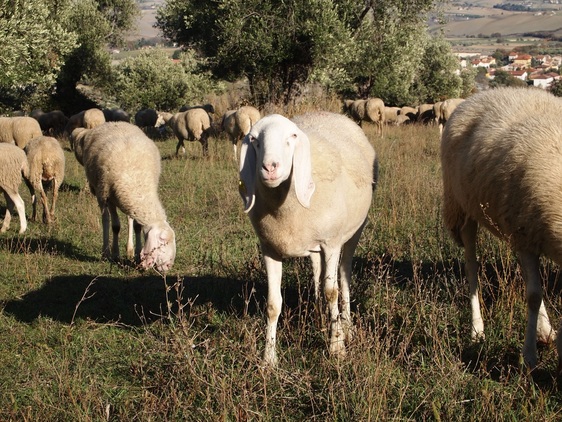
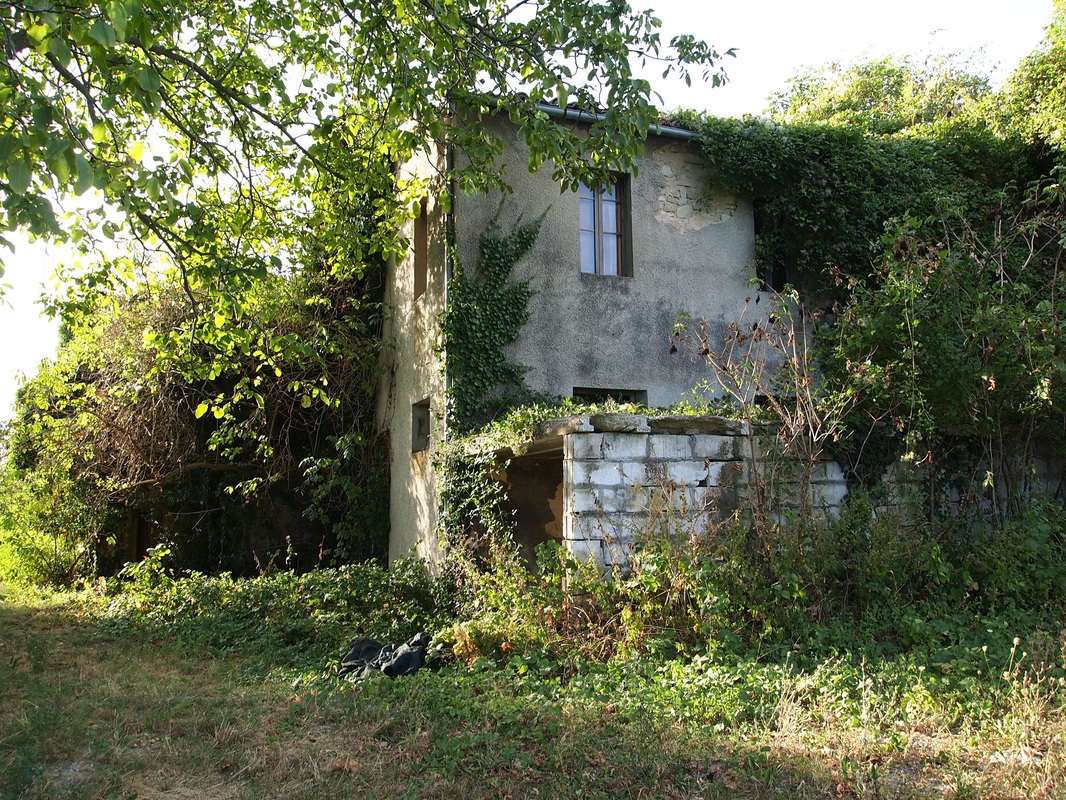
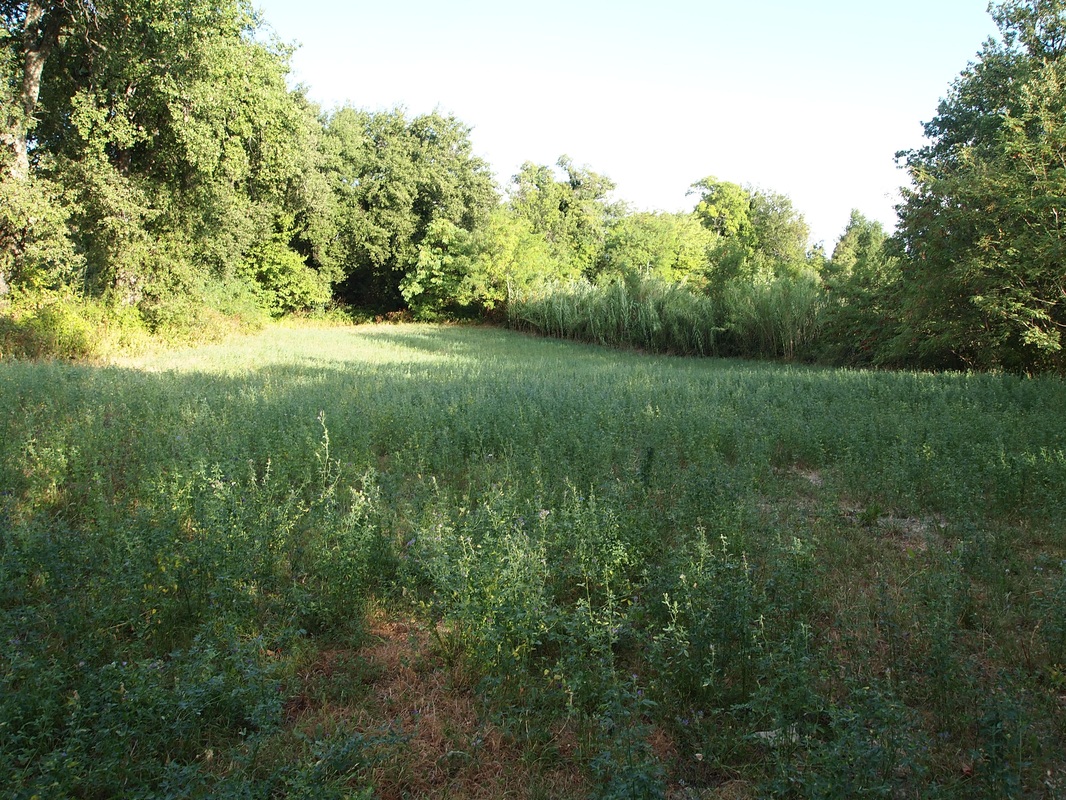
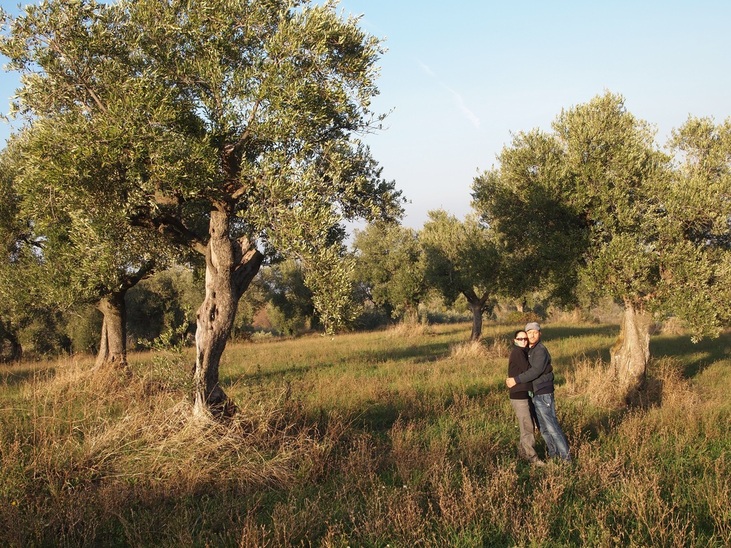
 RSS Feed
RSS Feed
